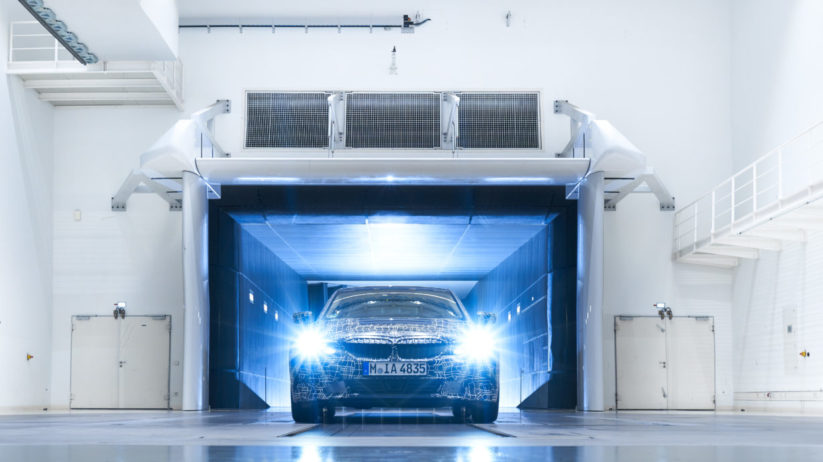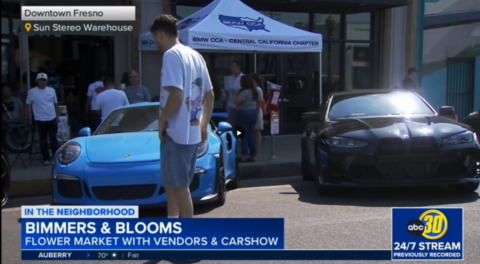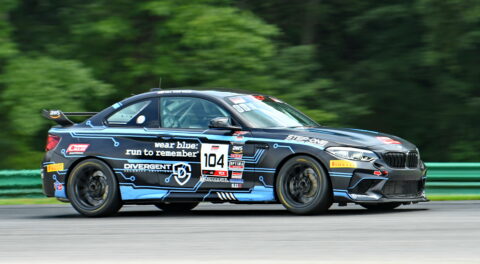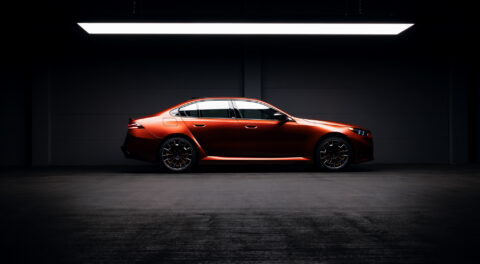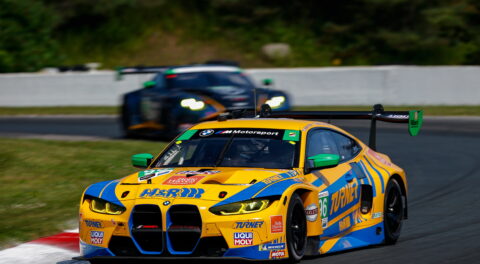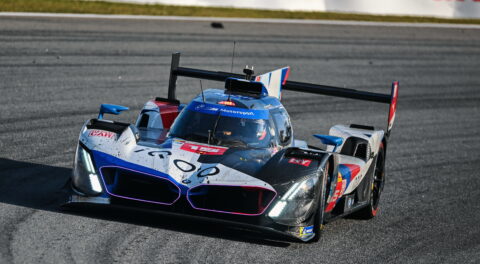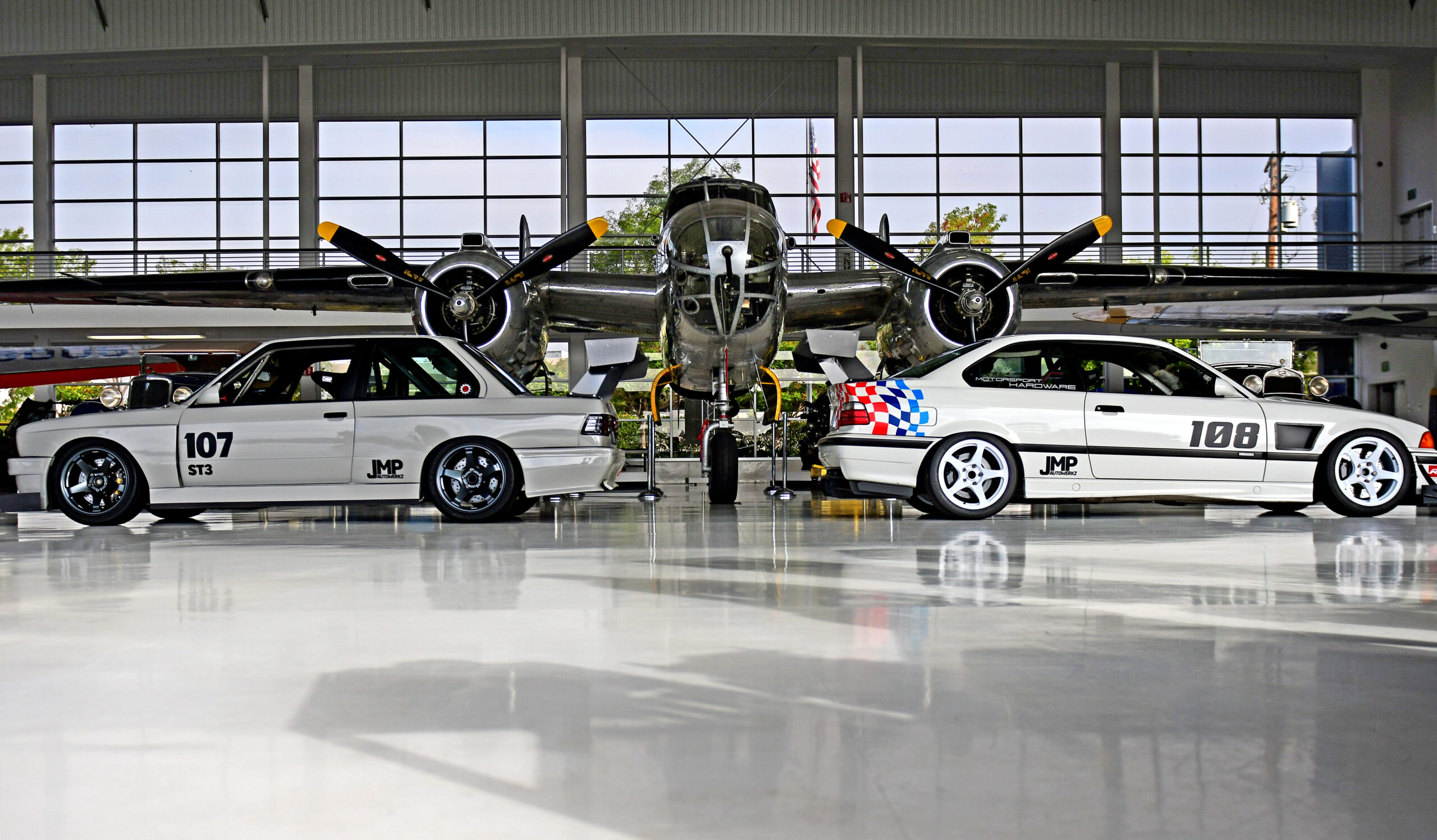Last month, we detailed the limit-pushing test procedures the 8 Series convertible was the subject of in Death Valley, California and other areas that surround the national park. Those that were paying close attention to our article may have noticed that another camouflaged test mule was also visible, out of focus, in the background of a few photos, and it turns out the mysterious lurker was none other than the upcoming G20 3 Series.
Recently explained in a full press release, BMW says the seventh-generation three has entered its final phase of testing, which includes some of the most difficult trials before series production is allowed to commence. From the blistering heat and stifling dust of Death Valley to the subzero, subarctic north of Arjeplog, Sweden, with plenty of other stops in between, the G20 is being put through multiple lifetimes worth of use and abuse in highly varied conditions, all in an effort to reveal previously unknown flaws or other potential issues.
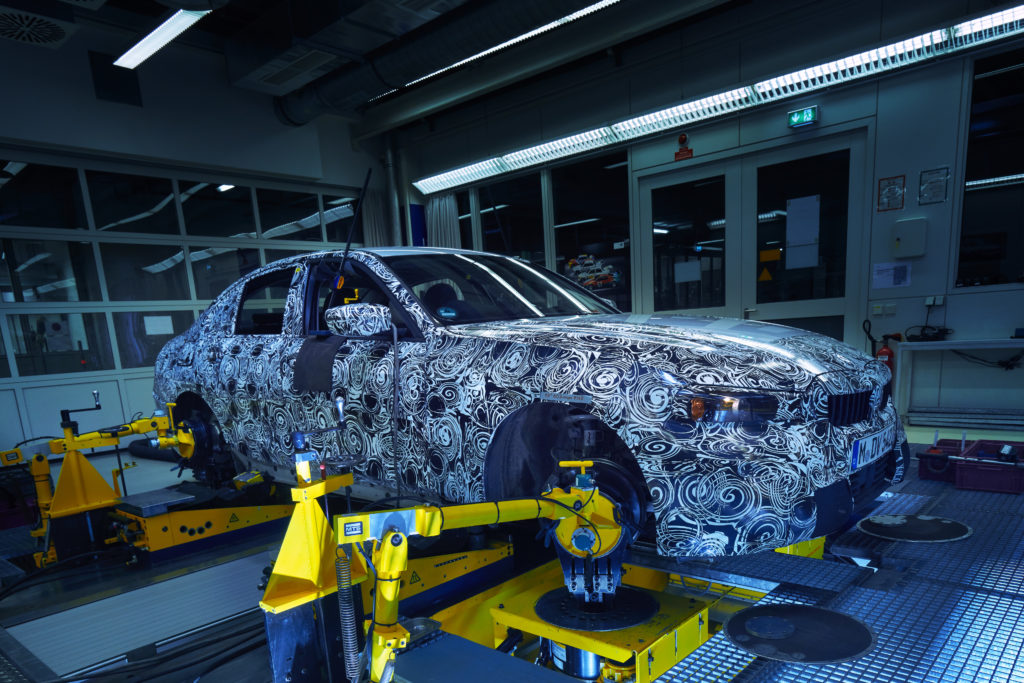
The rig captured above and the large, sterile-looking room in the topmost photo are integral components of indoor testing procedures. Capable of accurately simulating over 12,000 driving maneuvers including lane changes and much more aggressive actions, the test bench subjects the chassis, body and overall kinematic design of a test subject to a very close representation of the torture an average vehicle sees over its useful life. From the cobblestone roads of Europe to the pothole-riddled streets of a city like Detroit, Michigan, the rig can produce a wide array of trying scenarios to allow engineers an opportunity to seek out problems related to vibration, creaks and rattles. Perfectly smooth pavement surfaces can also be replicated, as they too have a way of revealing otherwise previously unknown consequences of unrelenting axle vibration and how it influences and effects the body.
From the test bench, it’s off to the wind tunnel, or more specifically, the BMW Group Windkanal. This imposing chamber functions like those of other industry-leading automakers, but BMW’s looks a bit different, and has been used to evaluate things—and individuals—outside of the automotive realm. Conceived to create real-world airflow conditions on demand, the specialized facility likely played a large role in the G20 achieving an incredibly low drag coefficient of just 0.23, on par with that of the Tesla Model 3 and a hair below that of the Model S.
New Worldwide harmonized Light vehicles Test Procedures stipulate that data must be collected for all vehicle variations relating to aerodynamics and effects on fuel economy, including the changes related to the use of different wheel and tire packages. Like preceding generations of 3 Series, the G20 is expected to come in a variety of different guises. M Sport trim and track handling packages always signify different wheels and tires than the standard base model, while other wheel styles and tire models from manufactures on the production menu will also be tasked with running the gamut.
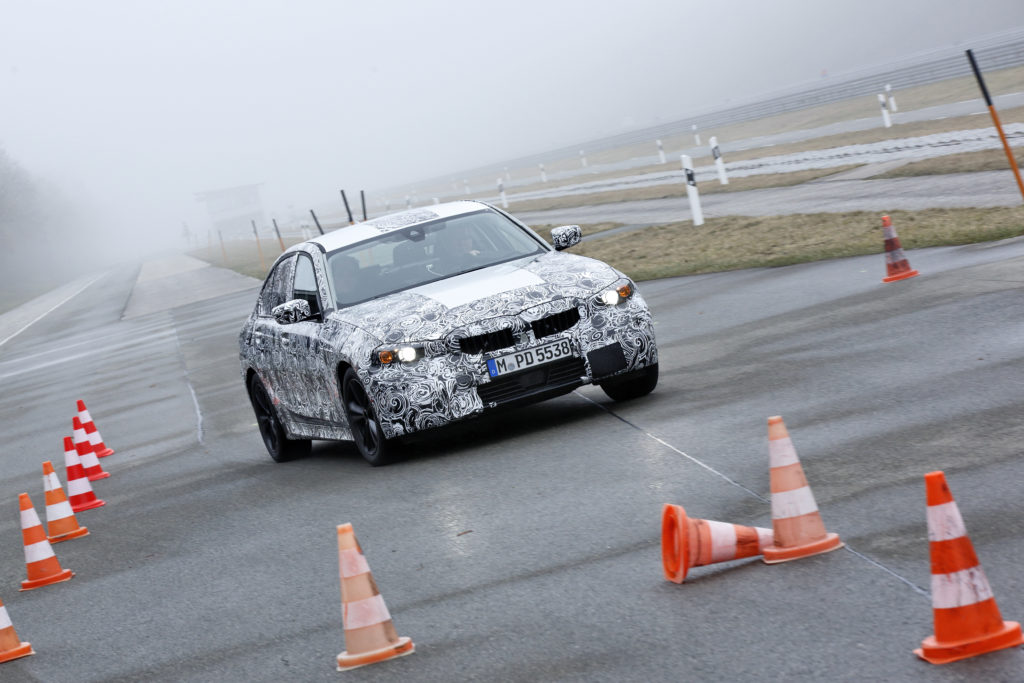
But even with extensive rounds on the test bench and after getting windblown in the turbine chamber, prototypes must still be put through their paces out in the real world. In Germany, this involves much time spent on the Nordschleife circuit of the Nürburgring, along with trials at BMW’s own proving grounds in Aschheim, a few miles northeast of the main development facility in Munich. Miramas, located in the south of France is also on the itinerary, and its large oval-ringed facility is another great place to shake down a test mule. Originally constructed in 1924 with use spanning until 1933 and a number of French Grand Prix races held during that time, BMW now owns the entire expansive property, and it’s interesting to note that map searches using services from Apple or Google yield pixelated satellite images of the area next to the track and its other winding roads. Overall length was originally designed to five kilometers, but aerial imagery shows that there’s a lot more to the grounds than just the original oval now.
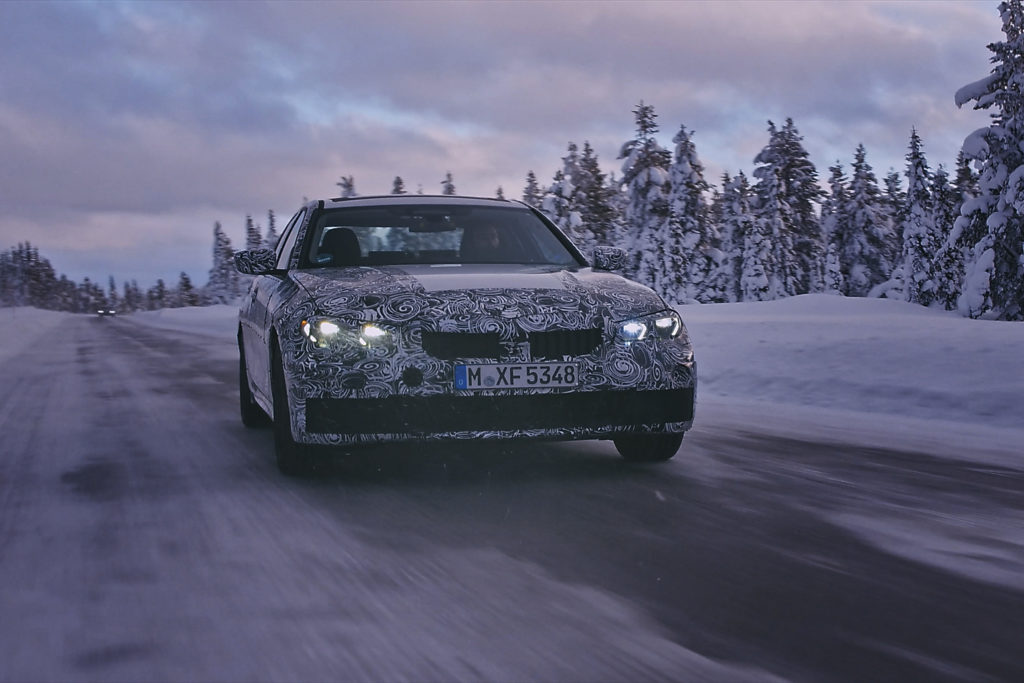
Of course, no round of trials would be complete without prototype vehicles being exposed to a staggeringly wide temperature range. As mentioned above, the G20 has made appearances in both Sweden’s Lapland and the scorching environment present within Death Valley.
More specifically, the G20 is put through its paces in cold environments that easily eclipse conditions found in Europe, North America or Asia as it traverses the ground frozen solid with permafrost, and it’s DSC system among other active chassis and body controls are thrown a serious curveball when the prototypes are tasked with navigating the ice-covered surface of Lake Kakel. In one of the hottest places on earth, the new 3 Series is left to bake in the brutal midday sun for hours on end, under which circumstances outside air temperatures can surpass 122 degrees Fahrenheit and over 140 within the vehicle interior—prime conditions for seeing how different electronics and other systems from the seats, to the air conditioning to the digital instrument cluster and all-new iDrive setup which makes use of Operating System 7.0 behave and cope.

Electromagnetic interference emanating from Hoover Dam’s power generating station is another variable that both the three and 8 Series were subjected to. The photo below allows for full appreciation of scale between a camouflaged G20 prototype and the imposing dam in the background, which dominates the frame. Although the water level appears (and is) quite low in Lake Meade, with the concrete spillways on either side of the canyon standing well above the surface, it’s important to understand that there is a complex relationship between which states, municipalities and government entities own select portions of the water rights, and the proverbial lock system formed upstream by the Glen Canyon Dam and Lake Powell behind it. Just for perspective, the last time the gates of Hoover Dam’s spillways were reached and subsequently breached was during the early 1980s (when the first-gen E21 three was about to make way for the E30), after a few winters of record breaking rain and snowfall. The subsequent snowmelt created an excess flow of water that proved to be enough to damage emergency spillways at both Hoover and Glen Canyon via intense cavitation, forcing the need for emergency repairs to be made during the off season.

The G20 has some big shoes to fill, decades worth of tradition and reputation building to pay homage and some of the toughest critics on earth to satisfy. BMW is all too aware of this, and taking the still unproven car to some of the most challenging environments on earth is just part of the process.—Alex Tock
[Photos courtesy BMW AG.]

